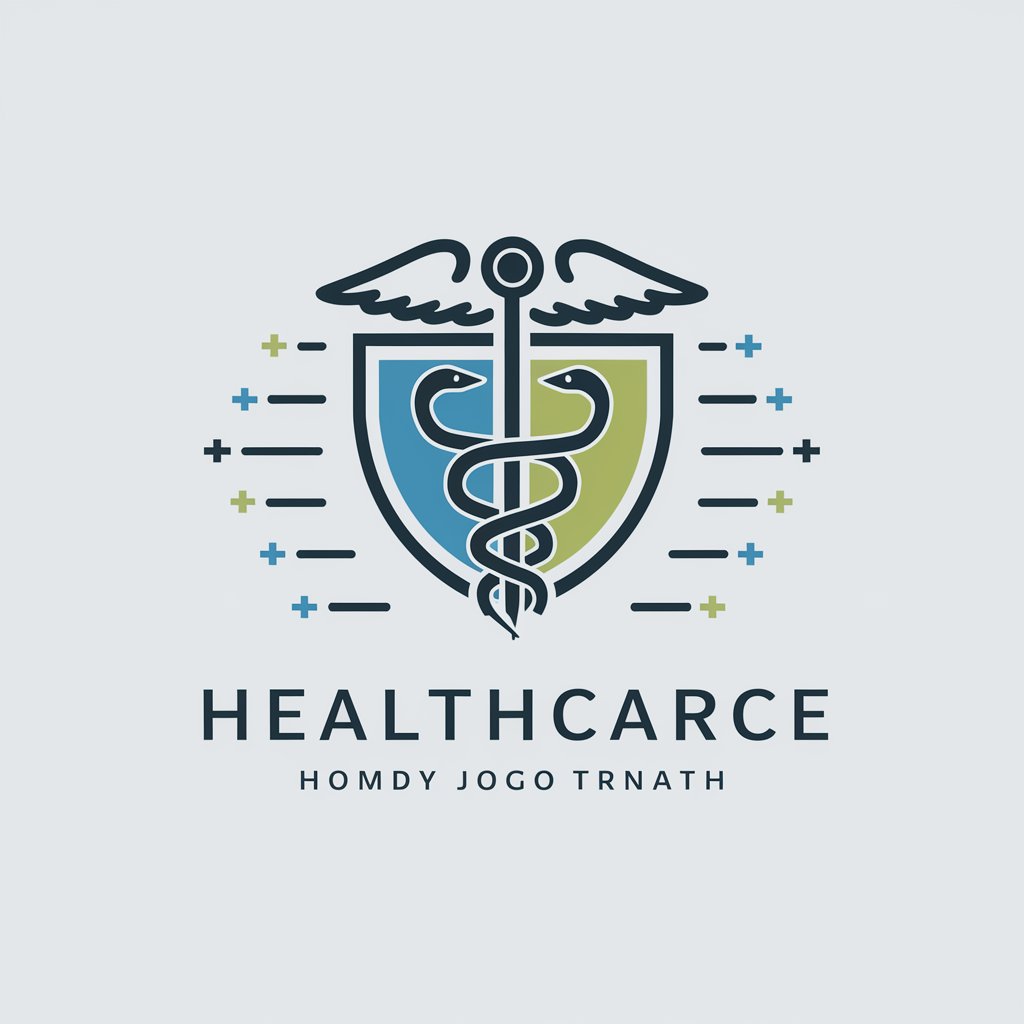Health Insurance - Health Insurance Insights

Hello! I'm here to help you navigate health insurance options.
Empowering Your Health Insurance Decisions
Explain the differences between HMO, PPO, and EPO health insurance plans.
What are the key benefits of having a high-deductible health plan?
How does the Affordable Care Act impact health insurance coverage?
Can you clarify what 'out-of-pocket maximum' means in a health insurance plan?
Get Embed Code
Overview of Health Insurance
Health insurance is a critical component of the healthcare system, designed to mitigate the financial risk associated with medical expenses. It operates by pooling risks across a large number of individuals, allowing the financial burden of healthcare costs to be shared. This system enables policyholders to access necessary medical services without bearing the full cost upfront, protecting them from unexpected, high medical expenses. For example, a health insurance plan may cover a significant portion of the costs for surgeries, prescription drugs, preventive care, and hospital stays, ensuring that individuals can afford care when they need it most. The purpose of health insurance is not only to make healthcare more accessible and affordable but also to promote preventive care and early treatment, ultimately improving public health outcomes. Powered by ChatGPT-4o。

Core Functions of Health Insurance
Risk Pooling
Example
Collecting premiums from a large group to cover the medical expenses of those who need care.
Scenario
When an insured individual undergoes an expensive surgery, the cost is covered by the pooled premiums, minimizing the financial impact on the individual.
Cost Sharing
Example
Implementing deductibles, copayments, and coinsurance to share the costs of healthcare services between the insurer and the insured.
Scenario
An insured person pays a copayment for a doctor's visit or prescription, while the insurance covers the remainder, making healthcare more affordable.
Coverage of Essential Health Benefits
Example
Providing coverage for a core set of medical services, including emergency services, maternity care, and mental health services.
Scenario
A policyholder receiving comprehensive care during a maternity period without facing prohibitive costs, thanks to the coverage of essential benefits.
Preventive Services
Example
Covering preventive care and screenings to identify health issues early, when they are most treatable.
Scenario
Covering the cost of vaccinations and annual check-ups to prevent diseases and detect health issues early, reducing long-term healthcare costs.
Target User Groups for Health Insurance Services
Individuals and Families
People seeking financial protection against high medical costs for themselves and their families. Health insurance is particularly beneficial for those with chronic conditions, expecting mothers, or anyone who may require frequent medical attention, offering them peace of mind and financial stability.
Employers
Businesses looking to provide health benefits to their employees as part of a comprehensive compensation package. Offering health insurance can help attract and retain top talent, improve employee satisfaction, and ensure a healthy workforce.
Seniors
Older adults who typically have higher medical needs and expenses. Health insurance for seniors, such as Medicare in the United States, is designed to cater to their specific health requirements, offering coverage for prescription drugs, hospitalization, and preventive services.
Low-Income Individuals
People who may not afford medical care out-of-pocket. Various health insurance programs, such as Medicaid in the United States, provide low or no-cost insurance to eligible individuals and families, ensuring access to essential healthcare services.

Using Health Insurance: A Guide
Begin with a Free Trial
Start by exploring health insurance options with a free trial at a dedicated platform, requiring no sign-up or premium subscription.
Understand Your Coverage
Review your health insurance plan details, including covered services, network providers, deductibles, copayments, and out-of-pocket maximums.
Find In-Network Providers
Use your insurance provider's website or customer service to locate in-network doctors and facilities to maximize your benefits and reduce costs.
Utilize Preventative Care
Take advantage of free preventative services offered by your plan, such as vaccinations and annual check-ups, to maintain your health.
Manage Your Expenses
Keep track of your healthcare expenses, including receipts and explanation of benefits (EOBs), to ensure accurate billing and to make informed decisions about your healthcare spending.
Try other advanced and practical GPTs
Thumbnail Designer
Craft Stunning Thumbnails with AI

Scribe Designer
Transform words into visual stories, powered by AI

Soccer Scores
Your AI-powered scorekeeper for every match.

Scratch Pro Golf
Elevate Your Game with AI-Powered Golf Wisdom

Thesis Guide
Empowering Your Academic Journey with AI

Acrostic Poem Generator
Crafting personalized poems with AI

Meowart History
Bringing art history to life with AI-powered cats.

Homeschool Helper
Empowering homeschooling with AI-driven guidance

Parties
AI-Powered Party Planning Made Easy

Frank's Jokes
Bringing laughter with AI-powered dad jokes.

Socrates
Empowering thought through AI-driven dialogue.

Bloom's Task Classifier
Elevate Learning with AI-Powered Analysis

Frequently Asked Questions About Health Insurance
What types of health insurance plans are available?
There are several types of health insurance plans, including HMOs (Health Maintenance Organizations), PPOs (Preferred Provider Organizations), EPOs (Exclusive Provider Organizations), and HDHPs (High Deductible Health Plans) with HSAs (Health Savings Accounts). Each type offers different levels of coverage, flexibility in choosing healthcare providers, and out-of-pocket costs.
How do deductibles, copayments, and coinsurance work?
A deductible is the amount you pay for covered healthcare services before your insurance plan starts to pay. Copayments are fixed amounts paid for a covered healthcare service, while coinsurance is a percentage of the cost of a covered healthcare service you pay after you've met your deductible.
Can I switch my health insurance plan?
Yes, you can switch your health insurance plan during the open enrollment period each year, or if you experience a qualifying life event such as marriage, birth, or loss of other coverage, which triggers a special enrollment period.
What is a network provider, and why does it matter?
A network provider is a healthcare provider who has a contract with your health insurance company to provide services at a discounted rate. Using in-network providers can significantly reduce your out-of-pocket costs.
How does health insurance cover prescription drugs?
Health insurance plans typically have a formulary, or list of covered drugs, which categorizes drugs into tiers with different cost-sharing amounts. Your costs for prescription drugs can vary based on the drug's tier and whether it's in-network.
